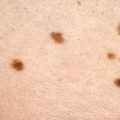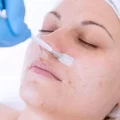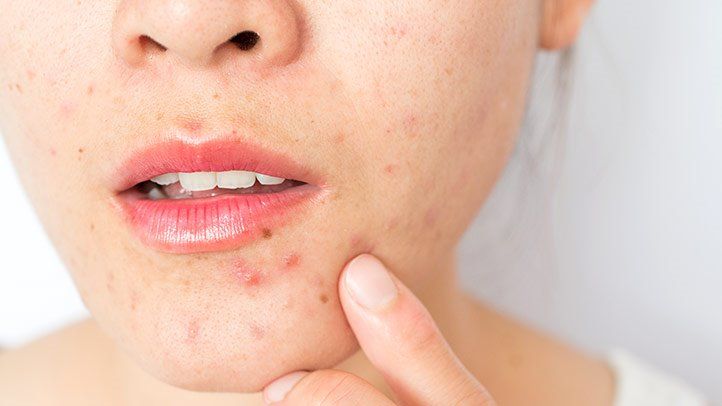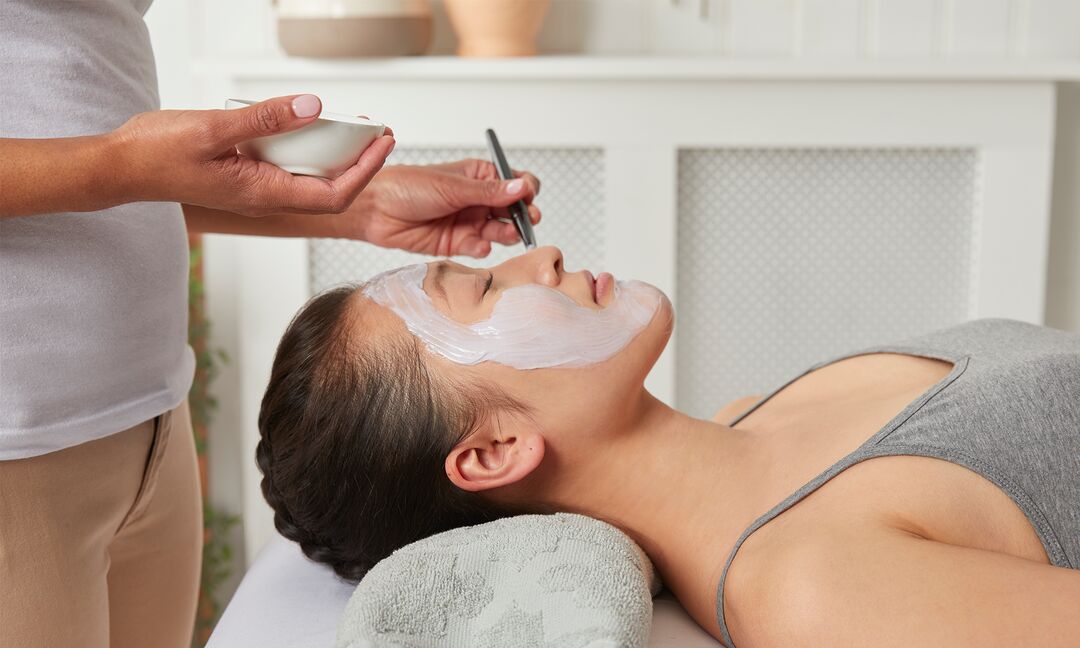Moles can appear at birth, during adolescence, or even when you are an adult. These tiny spots are primarily harmless, but if they portray abnormal changes in appearance, you may need a comprehensive medical exam to detect any cancerous cells. If you are concerned about your moles, your dermatologist may recommend Lillington moles removal at Sanford Dermatology to reduce your cancer risk.
What causes moles?
Moles refer to tiny, darkened lumps due to the clustering of your pigment-producing cells. In most cases, moles are considered beauty marks, and they rarely cause cancer. The number of moles you develop relies on several factors such as hormonal changes during pregnancy and puberty, a history of moles, and a health history of sun damage or sunburns.
Your moles tend to change color, appearance, and shape as you get older. In some cases, they may fade away eventually. Although these tiny beauty spots are primarily harmless, it is crucial to have a certified doctor examine them to rule out any diseases.
When should you consult a dermatologist concerning moles?
The warm-hearted team at Sanford Dermatology advises that you go for routine skin exams to monitor your moles and prevent them from developing into cancerous cells. These exams also allow your dermatologist to detect any abnormal changes in the appearance of your moles and examine you for possible underlying causes.
You may need a compressive physical exam if your moles are asymmetrical in shape, change color, evolve in height or size, diameter widens, and have border irregularities. Moles can occur anywhere on your body, including your scalp, under the nails, and armpits.
Is It medically necessary to remove your moles?
If your mole starts changing appearance or becomes itchy, black, and bleeding, you may inform your specialist at Sanford Dermatology for biopsy and treatment. Your dermatologist may numb your skin and surgically remove the mole for further analysis during your procedure. Afterward, the team uses a specialized electric needle to stop the bleeding and eradicate potentially dangerous cells.
If the team detects cancerous cells in your mole, your provider may schedule an appointment to discuss your care routine. On your second appointment, your physician may conduct additional tests to determine if cancer has spread to other body organs. The team may also decide whether you need chemotherapy or radiation treatments to kill the cancer cells.
How can you prevent moles?
Although it is almost impossible to avoid moles, you can adopt a proactive skincare routine to prevent them from evolving into cancerous cells. Going for routine checkups may help your doctor monitor the moles and detect abnormal changes that signify cancer development.
Your provider may recommend protecting your skin from prolonged exposure to sunlight and wearing sunscreen when going out. You may also need protective clothing such as long-sleeves to protect your skin from the harmful UV rays. Tanning beds and lamps may also increase your chances of developing cancer, making it crucial to avoid them.
For routine exams ad care for your moles, call the Sanford Dermatology or book an appointment online today.









